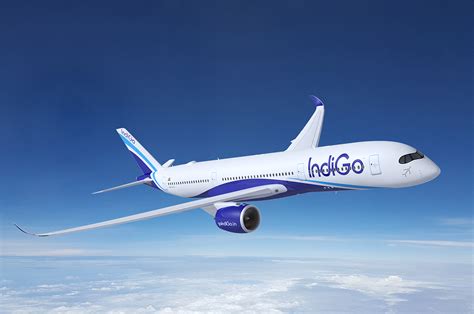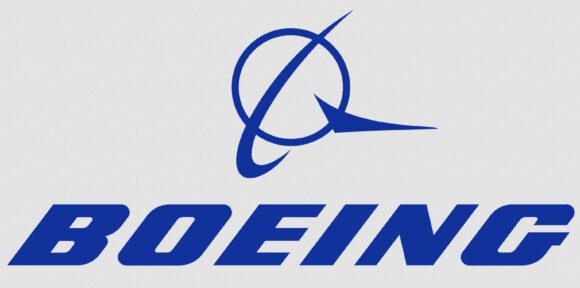Reports indicate that Israeli national carrier, El Al, is considering replacing its 767 fleet. The airline has a fleet of 40 aircraft, of which eight are 767s. The newest of these 767s is nearly 15 years old while the oldest has been in service more than 30 years. Replacing them is obviously a key element for their fleet plan and strategy.
El Al fleet planning has been a somewhat limited activity in the recent past. An order for six 787s was cancelled because of financial constraints. This is because, essentially, fleet planners at the airline have only really been able to select the Boeing product that best fits the need. As an Israeli state owned company, heavily influenced by US policies, this meant El Al bought Boeing aircraft. Airbus tried in vain to break this monopoly.
El Al today is no longer state owned and should not be subject to government policy on re-fleet decisions. Budgets are now treated just as they are at other non-state-owned airlines. Like any other airline, El Al has to deal with local and external competition, and match its product to market needs.
The arrival of LCCs in Israeli skies means fare competition is brutal. Moreover the LCCs fly aircraft with sufficient range to reach virtually any city in Europe, meaning a significant part of El Al’s revenue opportunities will be impacted. El Al responded by creating its own LCC, named “UP” in response.
However in terms of competition, long haul markets appear friendlier. North America is the most critical of these. Canadian competition comes in the form of a daily Air Canada 787-8 from Toronto. US competition comes in daily 777-200s from Delta and twice daily from United with American utilizing daily A330-200s from Philadelphia. El Al flies the 767 to Canada and the 777s and 747-400s to the US.
The largest market is New York. El Al has four daily flights; one 777-200 to Newark and two 747-400s plus one 777-200 to JFK. So on a typical day between Tel Aviv and New York there are about 2,200 seats. El Al reported a system wide load factor of 82% late last year.
Israel’s Central Bureau of Statistics reports that 2013 flights were up 7.7% to 45,950. Of these 3.1% were on US carriers while El AL handled 34.3% of the flights. Overall for 2013, 20.2% of the total 2.9m visitors came from the US. On average, traffic between the US and Israel is 1,630 per day and there are 2,200 seats per day – generating an average load factor of 74.6%.
Even though so much of El Al’s traffic is focused on New York, its 767 replacement selection should be on aircraft that can reach all its key long haul points. The airline will be evaluating the Boeing 787 and Airbus A330 as potential replacement aircraft according to published reports. News just out is that Israeli competitor Arkia has ordered four A330-900s. There can be little doubt where Arkia will be looking at to deploy these aircraft – it will be surprising if it’s not New York. Arkia’s selection could influence El Al.
We think El Al needs to up-size from the 767-300ER’s 227 seats to something larger. As the chart illustrates, Israeli aircraft are also moving up in size. The growth segment is between 151-250 seats. The A330-900 and 787-10 are in the 300 seat category and may be too big to replace the 767s. However the slightly smaller A330-800 and 787-9 look to be an ideal fit as a 767-300 replacement. Indeed, El Al should consider its decision will also impact replacing its other long haul aircraft. Whatever it selects could impact the 777 replacement and the 747s down the road. The selection made now will influence and drive future selections. Buying A330neo means a high likelihood for future A350s and buying 787 now likely means more 787s in future.
The deal will come down to a trade-off between capital and operating costs. Airbus will likely be the cheaper of the two as it can price its re-engined A330neo far more aggressively than Boeing can price its 787; advantage Airbus in capital costs. Boeing has an advantage in operating costs, which are substantial over a 25 year operating life; advantage Boeing in operating costs
Boeing is the incumbent and El Al’s crews are typically Boeing fans. However, that means little in this competition. Boeing can no longer twist arms through the State Department, nor can deals be made that are tied to the Department of Defense. El Al and the Israeli state are no longer tied together as they once were. As a result, this competition will be wide open, and there is a real opportunity for Airbus to switch a long-time Boeing customer.
Views: 0






Boeing’s biggest problem is its lack of sufficient production capacity to shorten its lengthy 787 backlog. With 30+ year old aircraft, El Al may not have the time to wait for a 787 slot 6-7 years from now.
So there goes Boeing chances of signing EL AL by not years ago offering an upgraded 767 and letting Airbus have the market all to themselves. The 787 wait time is too long and I wonder how many sales Boeing lost by not having a 200-220 seat widebody with a short delivery time to Airbus.
They seem to study something to death and the 767 line still being open would have given the frame a new life.
787-9 is actually bigger than a330-900. With the same configuration for both aircraft you can fit in more seat on 787-9.
Since the 787 was designed as the 767 replacement, I think a better choice would have been to plan for a faster ramp-up of 787 production to the 20/month range. While this is an unprecedented rate for a widebody, given the replacement market for 767’s and A330’s, plus airline fleet expansion, and the technology step change of the 787, the market is there. By ramping up so slowly beyond 10/month, they are giving Airbus the A330 market on a platter.
I notice that some of the specifications listed for the A330 here differ significantly from those on Wikipedia, Wingspan shown here as 223 ft, Wik shows 210 ft. Range of the -800 shown here as 8,200 nm, Wik shows 7,450 nm. Range of the -900 shows here as 7,000 nm, Wik shows 6,200 nm. What’s up?
I’ve flown with El Al many times, mostly on a 747 out of JFK but a few times on a 777 out of Newark. I’ve been on their 767s too and it is time for them to replace them (as well as the 747s). Since their financial position isn’t the greatest and they are less stable and more susceptible to weakened demand than other airlines I think they will prefer to have cheaper long term costs which is why the 787 is the better option than the A330neo. With 6 each of the 767 and 777-200ers I’m sure they can utilize all 3 variants of the 787s to replace those. I’m also quite sure Boeing will happily give them great discounts for current 777-300ers or even 747-8s to replace the 747s.